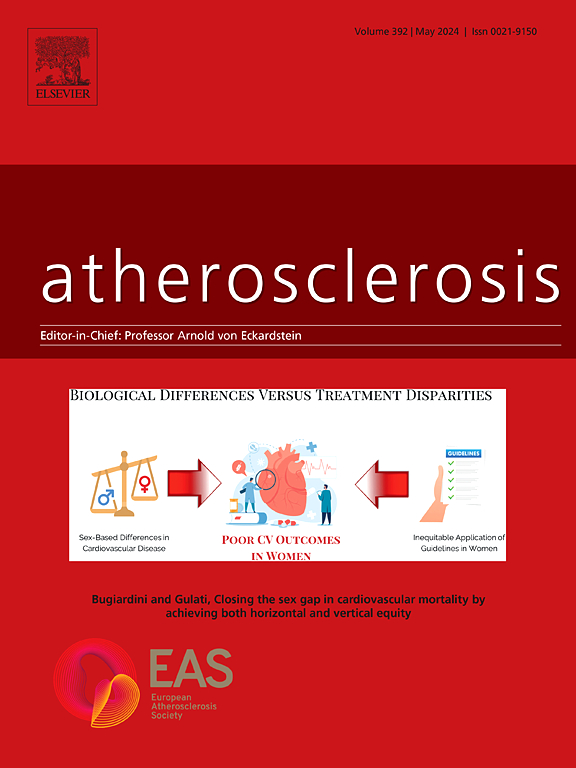Pharmacological activation of Nrf2: Cardioprotective effects of statins and metformin against dyslipidemia-induced oxidative stress
IF 5.7
2区 医学
Q1 CARDIAC & CARDIOVASCULAR SYSTEMS
引用次数: 0
Abstract
Oxidative stress plays a central role in dyslipidemia-related cardiovascular complications, driving cellular damage and disease progression. The nuclear factor erythroid 2-related factor 2 (Nrf2) pathway is a critical defense mechanism against oxidative stress, helping to protect cardiac function under pathological conditions. This review explores the potential of enhancing Nrf2 activation as a therapeutic strategy to mitigate oxidative damage in cardiovascular diseases associated with dyslipidemia. While statins and metformin are primarily known for their lipid- and glucose-lowering effects, emerging evidence suggests that they also influence Nrf2 activation. These drugs do not directly activate Nrf2 but rather modulate its activity by reducing oxidative stress and improving mitochondrial function, offering dual protection against cardiovascular dysfunction. By examining the relationship between oxidative stress, Nrf2 activation, and commonly used therapies, this review proposes a novel approach to enhance cardiovascular protection in patients with metabolic disorders, offering insights into new therapeutic avenues to improve outcomes in cardiovascular diseases associated with metabolic conditions.

Nrf2的药理激活:他汀类药物和二甲双胍对血脂异常引起的氧化应激的心脏保护作用
氧化应激在血脂异常相关的心血管并发症中起核心作用,驱动细胞损伤和疾病进展。核因子红细胞2相关因子2 (Nrf2)途径是抗氧化应激的重要防御机制,有助于在病理条件下保护心脏功能。这篇综述探讨了增强Nrf2激活作为一种治疗策略的潜力,以减轻与血脂异常相关的心血管疾病的氧化损伤。虽然他汀类药物和二甲双胍主要以其降脂降糖作用而闻名,但新出现的证据表明它们也影响Nrf2的激活。这些药物不直接激活Nrf2,而是通过减少氧化应激和改善线粒体功能来调节其活性,从而提供双重保护,防止心血管功能障碍。通过研究氧化应激、Nrf2激活和常用治疗之间的关系,本综述提出了一种新的方法来增强代谢性疾病患者的心血管保护,为改善与代谢性疾病相关的心血管疾病的预后提供新的治疗途径。
本文章由计算机程序翻译,如有差异,请以英文原文为准。
求助全文
约1分钟内获得全文
求助全文
来源期刊

Atherosclerosis
医学-外周血管病
CiteScore
9.80
自引率
3.80%
发文量
1269
审稿时长
36 days
期刊介绍:
Atherosclerosis has an open access mirror journal Atherosclerosis: X, sharing the same aims and scope, editorial team, submission system and rigorous peer review.
Atherosclerosis brings together, from all sources, papers concerned with investigation on atherosclerosis, its risk factors and clinical manifestations. Atherosclerosis covers basic and translational, clinical and population research approaches to arterial and vascular biology and disease, as well as their risk factors including: disturbances of lipid and lipoprotein metabolism, diabetes and hypertension, thrombosis, and inflammation. The Editors are interested in original or review papers dealing with the pathogenesis, environmental, genetic and epigenetic basis, diagnosis or treatment of atherosclerosis and related diseases as well as their risk factors.
 求助内容:
求助内容: 应助结果提醒方式:
应助结果提醒方式:


